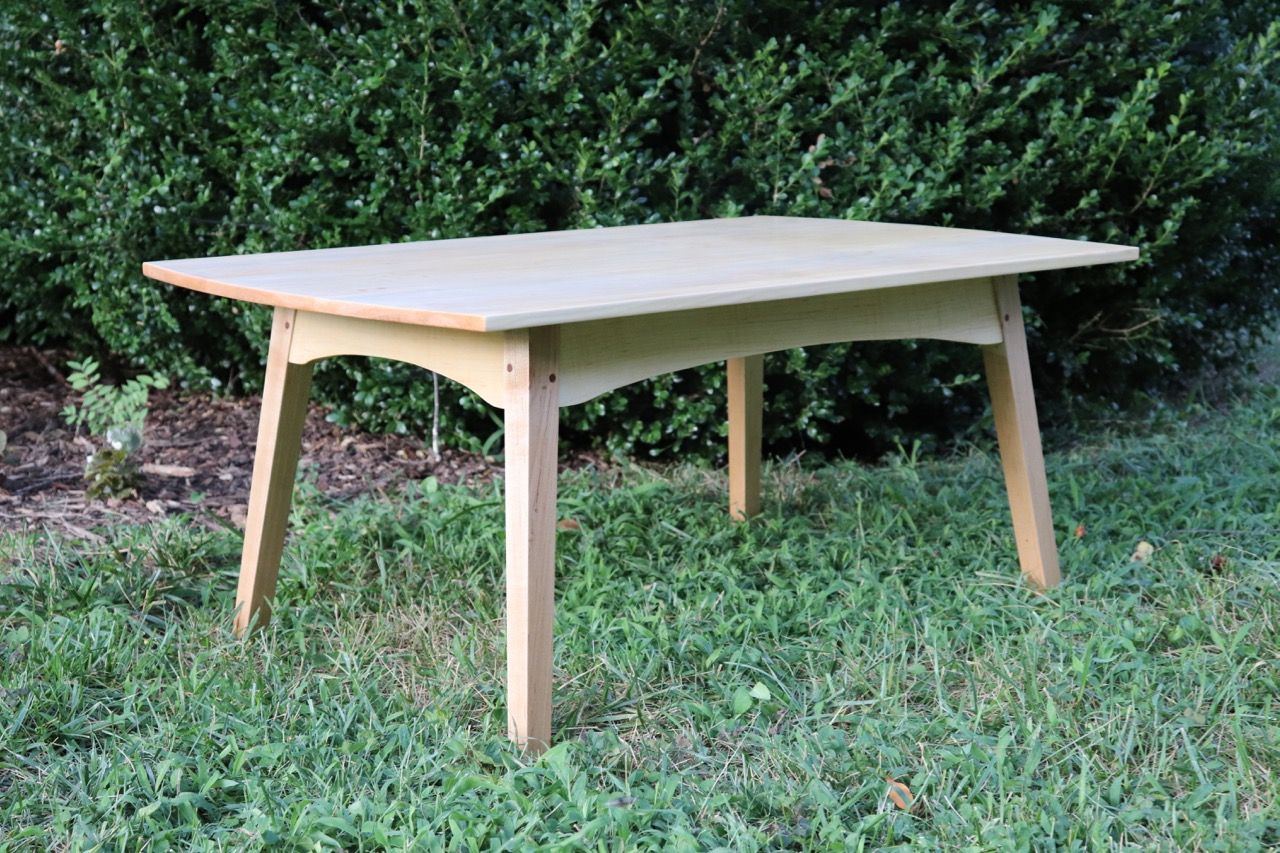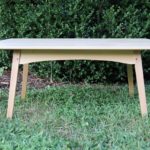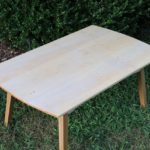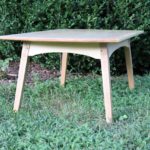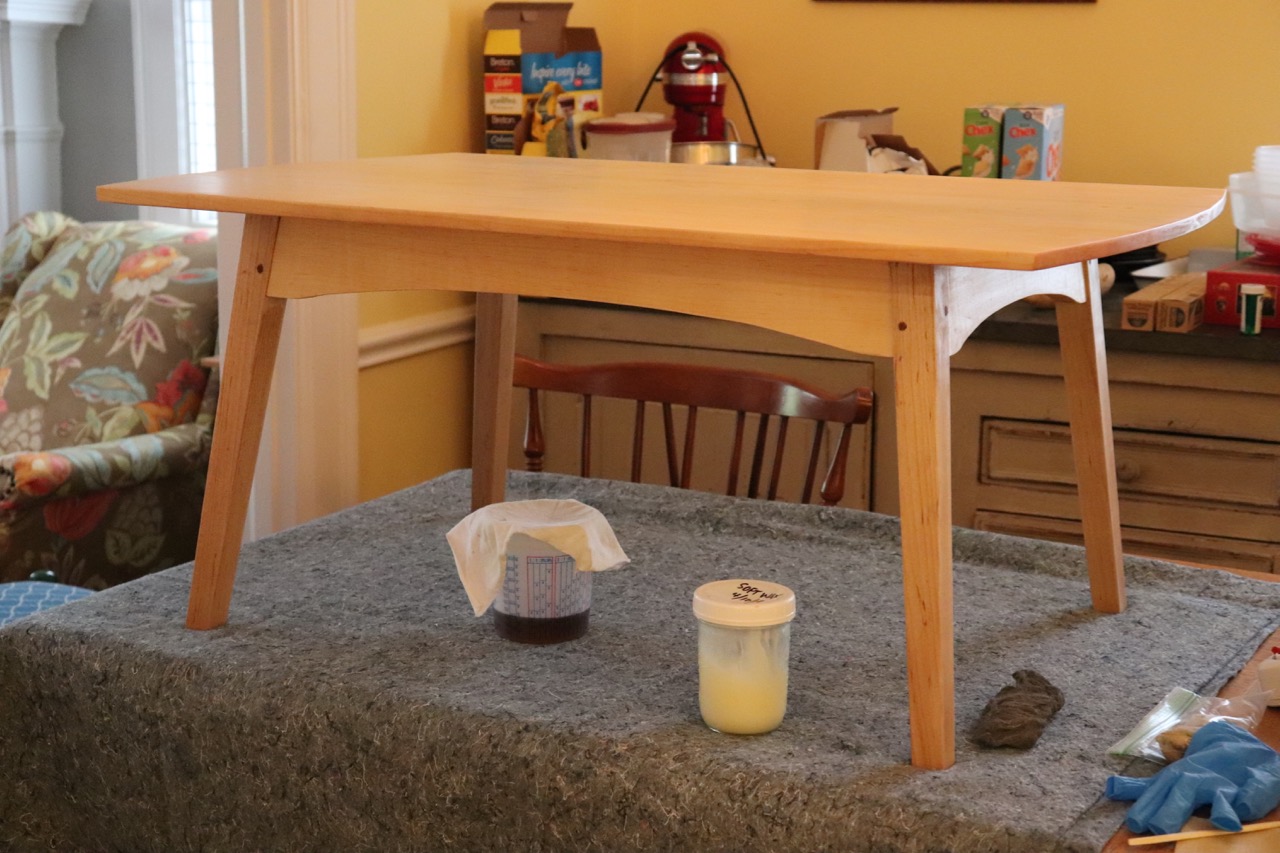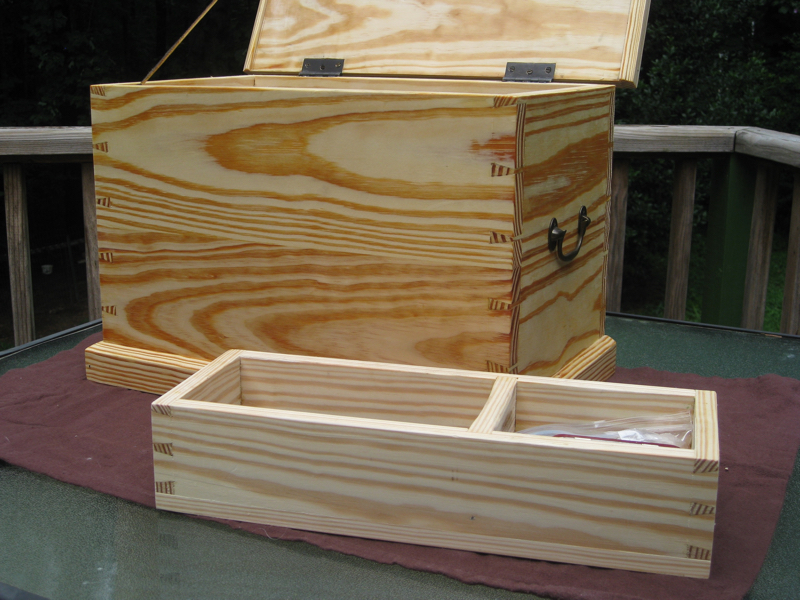Following on my previous post thinking about the workshop as an ecosystem, here’s an example perhaps familiar to more people: baking.
If you bake, you may have run across traditional formulas for cakes. A pound cake is made from a pound of flour, a pound of sugar, a pound of butter and a pound of eggs. A 1-2-3-4 cake has 1 cup butter, 2 cups sugar, 3 cups flour, and 4 eggs. Both are easy to remember, and neither depends heavily on exact measurements. If your scale is a little off, your pound cake will just be a little bigger or smaller. Any old cup will do for a 1-2-3-4 cake; you may have to adjust the eggs a bit, but since eggs vary in size (at least if your chickens are as traditional as your teacups), you’d have to do that anyway. No special instructions, no special tools required — only skill, which costs only time and bears ample fruit.
Now along comes this newfangled magical thing called baking powder, which is supposed to ensure a consistent result, no matter your skill level. Wonderful! Baking made easy! Ah, but baking powder is measured in teaspoons, and has a big impact on the final product, so that an error of half a teaspoon either way may yield a very different cake. Now you need, not just any old teaspoon, but a modern factory-made industrially calibrated teaspoon, which you have to buy from, say, Sears-Roebuck. And your teaspoons have to be calibrated to your cups, as well, so it’s back to the mail-order catalog for measuring cups. The first chemical leaveners came into use by about 1790, and their successors were widely used by the mid-nineteenth century, but only after about 1880 did they really become respectable, because only then did they become really reliable — because only then did the first calibrated measuring cups and spoons appear to measure them reliably. And then, within a generation, it became almost unthinkable to bake a cake without baking powder.
But now instead of eyeballing, which always worked well enough before, you have to learn to do level measurements. And you can’t easily experiment with the proportions of your cake, because you’ll throw off those tiny little measurements, and you’re relying now on processes you don’t fully understand. You’ve yoked yourself to a whole system of store-bought tools, which are not only made by industrially precise processes but demand new, industrially precise methods of work — and to a system of set, test-kitchen approved recipes which had better be followed with equal precision. Your whole approach to baking a cake has changed. The skilled baker now becomes just another factory worker, a kind of subsidiary of the industrial system that made the baking powder and the measuring cups. All because of one little ingredient!
There’s a book in that story, and my two-paragraph history oversimplifies things, but you get the idea, I hope. The workshop of the kitchen is also a kind of ecosystem, in which tools, ingredients, techniques, tastes all have to mesh. Cooking evolves, the kitchen changes — but not all changes are gradual or benign. Every once in a while, an invasive species can show up and cause a mass extinction. And it can be hard to know what little changes will turn into cataclysms before they’ve done it.
